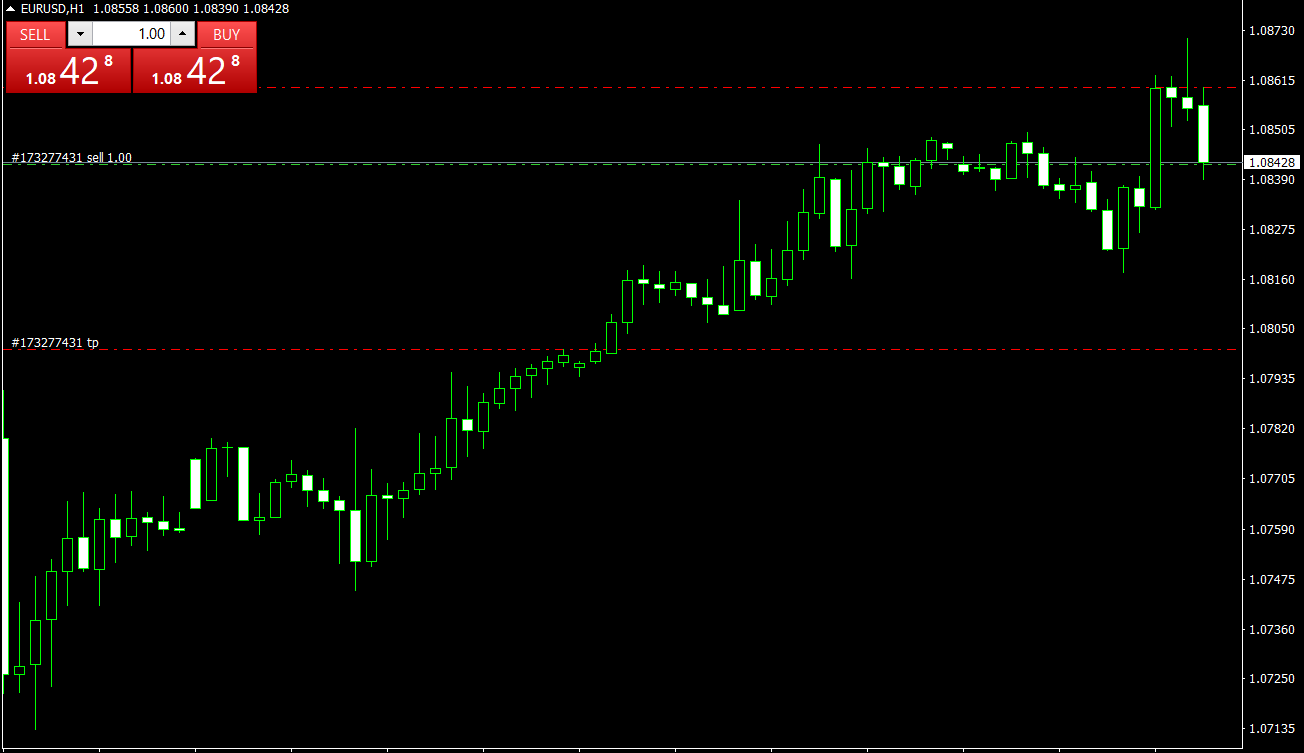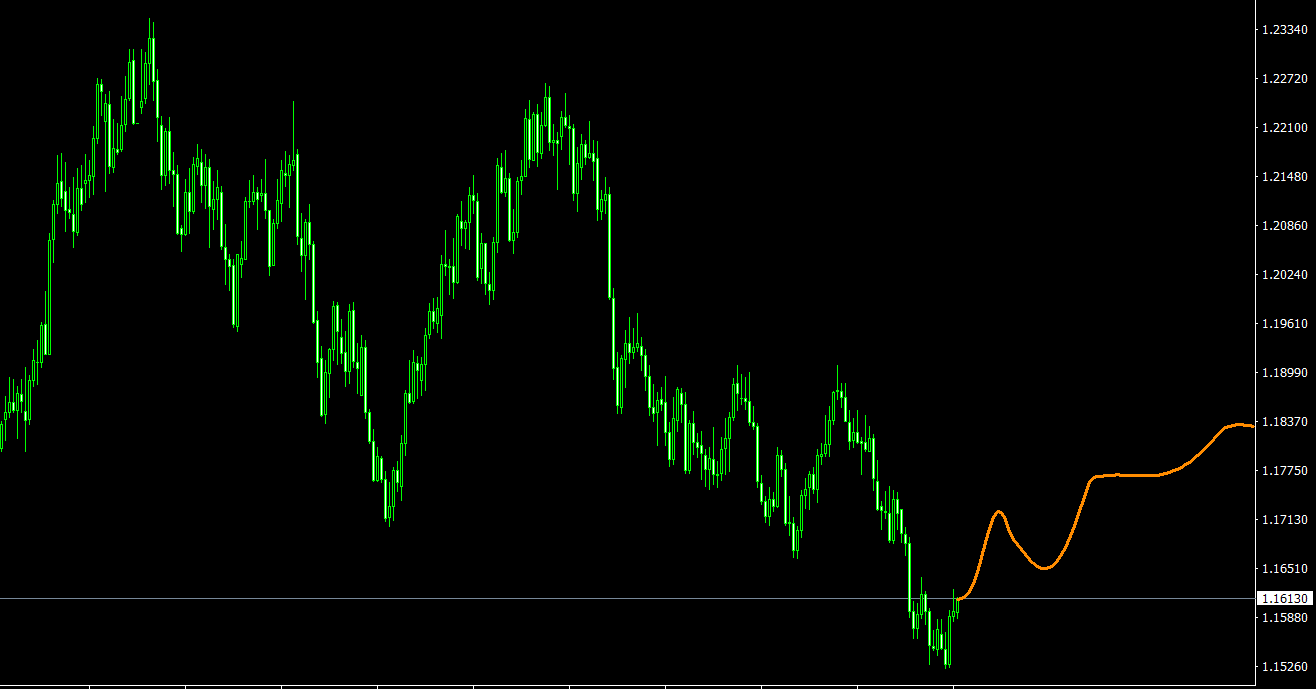The foreign exchange market, or forex market, is the largest and most liquid financial market in the world, providing a wealth of opportunities for traders to profit from currency fluctuations. Among the various trading styles, scalping has gained popularity due to its focus on quick, short-term trades with minimal exposure to the market. In this article, we will explore the concept of forex scalping, its benefits and drawbacks, and the main strategies employed by successful scalpers.
What is Forex Scalping?
Forex scalping is a trading style that involves executing a large number of trades in a short period, seeking to profit from small price movements in the currency market. Scalpers typically hold positions for a few seconds to a few minutes, aiming to capture profits from quick market fluctuations. Due to the fast-paced nature of scalping, traders rely heavily on technical analysis tools to identify trends, support and resistance levels, and potential entry and exit points for their trades.
Benefits of Forex Scalping
- Minimal market exposure: Scalping involves holding positions for a very short time, reducing exposure to market risk and minimizing the impact of sudden price swings.
- High-frequency trading opportunities: Scalping offers numerous trading opportunities throughout the day, as traders aim to capitalize on multiple small price movements.
- Compounding effect: By capturing small profits from a large number of trades, scalpers can potentially benefit from the compounding effect, which can lead to significant gains over time.
- Clear and concise trading plans: Scalpers often follow well-defined trading plans with specific entry and exit points, making it easier to stay disciplined and manage risk.
Drawbacks of Forex Scalping
- High transaction costs: Scalping typically involves frequent trading, which can result in higher overall transaction costs, including spreads and commissions.
- Time-consuming: Successful scalping requires a significant time commitment for market analysis, trade management, and ongoing education. This may not be suitable for traders with limited time or those seeking a more passive trading approach.
- Stressful and demanding: The fast-paced nature of scalping can be stressful and emotionally taxing, requiring traders to maintain a high level of focus and discipline throughout the trading day.
- Technological requirements: Scalping often demands access to high-speed internet connections, low-latency trading platforms, and sophisticated trading tools to stay competitive and execute trades effectively.
Main Scalping Strategies
Scalpers employ various strategies to identify and capitalize on short-term price movements in the forex market. Some of the main scalping strategies include:
- Trend Scalping
Trend scalping is a strategy in which scalpers aim to capitalize on the continuation of existing trends. By using technical analysis tools, such as moving averages and trend lines, scalpers can identify the direction of the prevailing trend and enter trades accordingly. They typically look for short-term retracements or pullbacks within the trend to enter trades, aiming to capture a portion of the trend’s subsequent price movement.
- Range Scalping
Range scalping is a strategy that focuses on trading within well-defined support and resistance levels, which are often established by price consolidating after a significant move. Scalpers can use technical analysis tools, such as horizontal trend lines or pivot points, to identify these levels and enter trades when the price approaches or bounces off them. They will usually place a stop loss beyond the support or resistance level and set a profit target near the opposite boundary of the range.
- Breakout Scalping
Breakout scalping is a strategy where scalpers enter the market when the price breaks through a predetermined support or resistance level. This often signals that a significant price movement is about to occur, and the scalper aims to capture the ensuing price swing. Stop-loss orders are usually placed just beyond the broken support or resistance level to manage risk.
- News Scalping
News scalping is a strategy that involves entering trades based on the release of major economic news events or data, which can have a significant impact on currency prices. Scalpers may take positions immediately before or after the news release, capitalizing on the subsequent price volatility. It is crucial for news scalpers to be well-informed about upcoming economic events and to have a solid understanding of how different news releases can affect the forex market.
- Arbitrage Scalping
Arbitrage scalping is a risk-free trading strategy that involves exploiting price differences between two or more forex brokers or liquidity providers. Scalpers identify these price discrepancies and execute simultaneous buy and sell orders, profiting from the difference in price. This strategy requires advanced trading tools and access to multiple trading platforms to be effective.
- Spread Scalping
Spread scalping is a strategy that focuses on profiting from the difference between the bid and ask price (the spread) of currency pairs. Scalpers aim to enter trades when the spread is at its lowest point and close the trade when the spread widens, capturing the difference as profit. This strategy often requires access to tight spreads and low-commission trading platforms to be successful.
- High-Frequency Trading (HFT)
High-frequency trading (HFT) is an advanced form of scalping that involves the use of complex algorithms and high-speed computer systems to execute a large number of trades within milliseconds. HFT scalpers aim to capture minuscule profits from each trade, with the expectation that the compounding effect of these profits will lead to significant gains over time. This strategy requires substantial technological resources and expertise to be effective.
Conclusion
Forex scalping is a fast-paced and exciting trading style that offers traders the opportunity to profit from short-term price movements in the currency market. By utilizing a combination of technical and fundamental analysis, scalpers can identify trends, support and resistance levels, and potential entry and exit points for their trades.
The main scalping strategies, such as trend scalping, range scalping, breakout scalping, and news scalping, provide traders with various approaches to capitalize on short-term price movements in the forex market. However, scalping also comes with its share of challenges, such as high transaction costs, time commitment, and emotional stress.
By implementing effective risk management techniques and continuously improving their trading skills, scalpers can overcome these challenges and increase their chances of success. As with any trading style, mastering the art of scalping takes time, practice, and patience. By understanding the principles of scalping and utilizing the main strategies, traders can improve their chances of achieving consistent success in the forex market.



